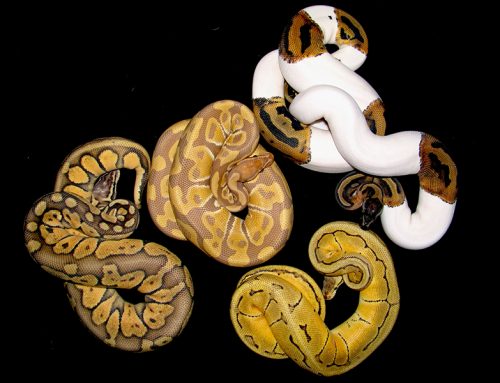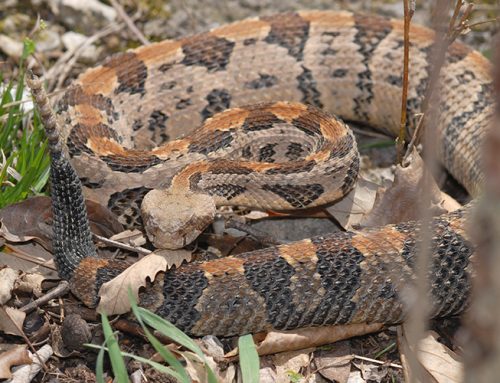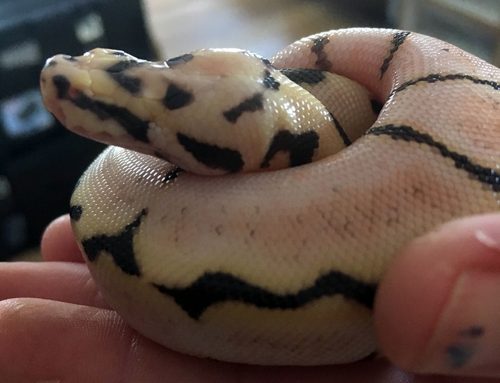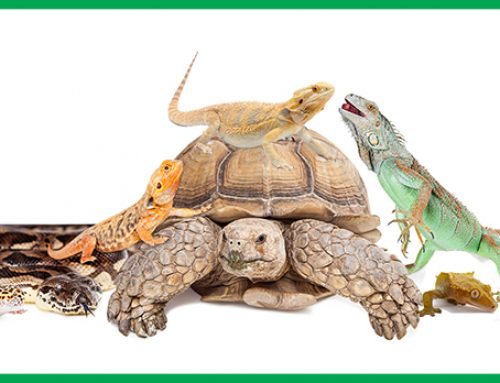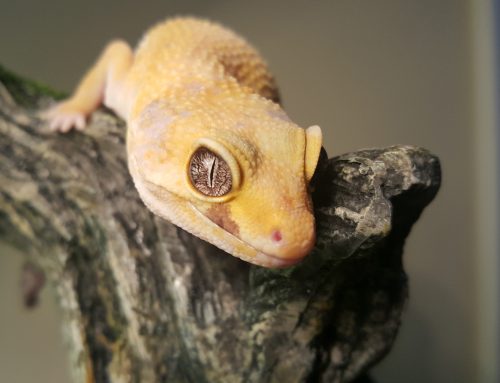If you’re considering getting a pet snake, there are some things you need to do and know first. Preparing the right environment for your pet snake, making sure you have enough time to dedicate to your new pet snake and many other considerations have to come first.
In this blog, we’ll take a look at the six most popular factors to consider, and which snake breeds are the best for beginners.
Factors to consider:
- Temperament. Do you want a snake that’s fun to play with, or a slow-moving, docile snake? You need to be aware that some species are more nervous and shy, while others are more easygoing about being handled. Corn snakes for instance, are an active and curious species that likes to slither around and check out their surroundings. They are extremely docile and can be handled for long periods of time without getting stressed out. They’re also very good with novice owners, so they’re a popular choice for a beginner snake owner. Ball pythons, on the other hand, are slow moving and less active. They make a good choice if you don’t want to have to chase a snake around the house. Ball pythons are typically content to sit in your hands or hang around your shoulder. The Children’s Python is by far the most docile of pythons there is available as a first pet snake. They call them the Children’s Python because of their extreme docile nature. They are the easiest python the handle, so easy in fact, that a small child can hold them without the the fear of getting bitten.
- Size. Decide how large you want your pet snake to grow. Think about your living conditions and the cost of feeding a bigger snake. The smaller the snake, the smaller the cage or terrarium, and a less expensive food bill. Some snakes will grow up to 8 feet long. Boa constrictors will grow to be very large, so this may not make sense if you live in a small apartment. Ball pythons will be 5 feet long as adults.
- Feeding Habits. Some snakes are easier to feed than others. Usually, snakes are fed dead (frozen thawed) rodents. If your snake is bred in captivity, he’s more likely to eat dead prey with no problem. However, some snakes prefer live prey. You can try wiggling the rodent (using tongs, not your fingers) into the cage to attract the snake. If that doesn’t work, you could get live prey. There is some controversy about this, because rodents can harm your snake with their claws and teeth. Corn snakes generally don’t have a problem eating dead mice, but you must be comfortable feeding them what they want. Garter snakes eat not only small mice but they also love fish as well, (small feeder fish from the pet store are inexpensive and easy to get) and earth worms are always a welcome treat. Sometimes in the spring, younger snakes may seem restless and not eat as well. This is usually because they’re looking for a mate. After a month or so, they’ll be fine. If you aren’t sure, it’s always a good idea to consult with a reptilian veterinarian (more on this later.)
- Others in Your Household. Have you first consulted with family members about your new addition? Be aware that not everyone may share or understand your preference of pets. Instead of ridiculing them, use the opportunity to educate them. Ask experts first if you have small children in the house, because they’ll need to be at an age when they can understand what to do and what not to do around your pet snake.
- Cost. This is, of course, an important consideration. Ball pythons typically cost around $50, but can be over $10,000 if they are a rare and desirable morph. Corn snakes are pretty, and they come in all different colors. They’re also a popular choice because they’re inexpensive. You’ll need to be aware that most veterinarians aren’t skilled with reptiles, so when your snake gets sick, it’s best to go to a reptilian veterinarian. They specialize in the care and treatment of snakes, but they are more expensive than your regular vet. If you have enough money, this shouldn’t be an issue.
- Commitment. A snake is a serious pet, and a serious commitment. It’s not a toy to scare a family member with. When the novelty of a pet snake has worn off, you will still need to provide the necessary care and maintenance to help your snake live a long and happy life. Most captive bread snakes can have a 15 to 20-year lifespan in captivity, so you’ll need to be prepared to care for it that long. Feeding, changing his water every day or every other day, and addressing any medical issues will all be your responsibility.
If you’re interested in purchasing a pet snake, you’ll be able to see some popular species up close at New England Reptile Shows. We showcase ball pythons, garter snakes, corn snakes, boas, King snakes, Rat Snakes and other exciting species. Learn more about each breed of snake, so you can choose the pet snake that’s right for you!

